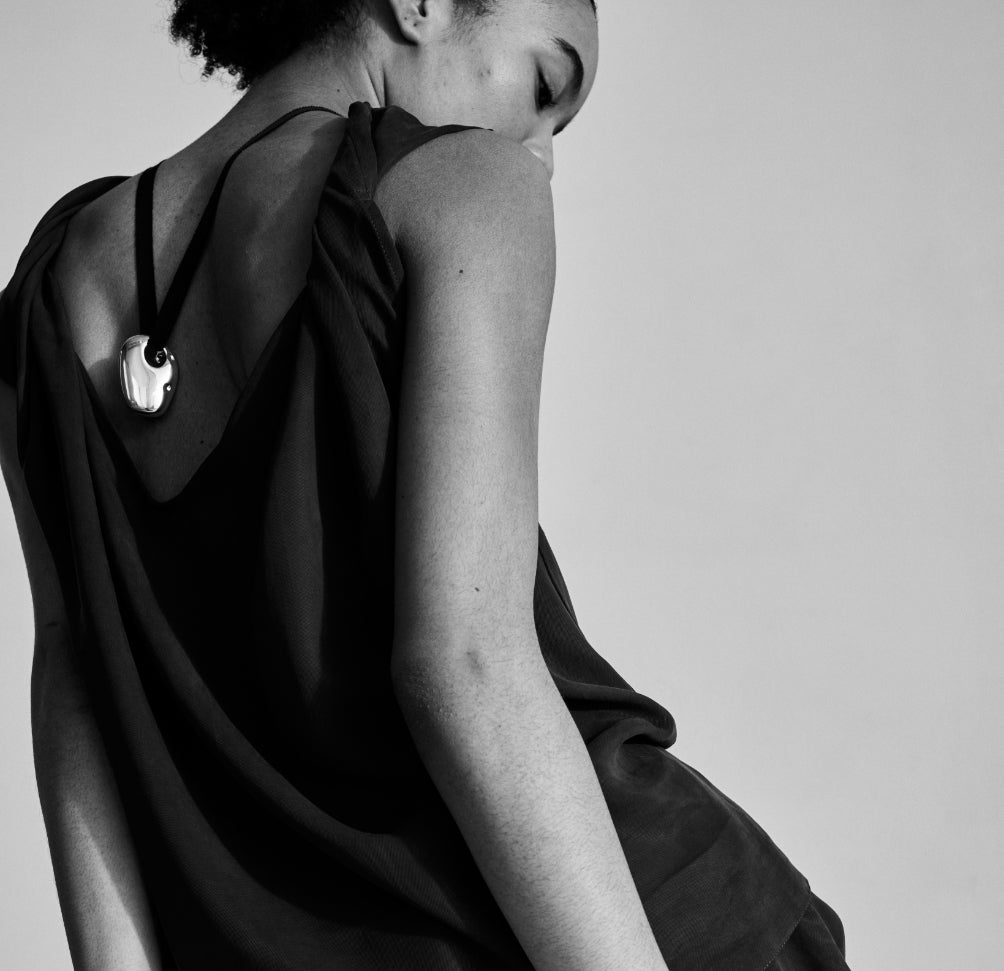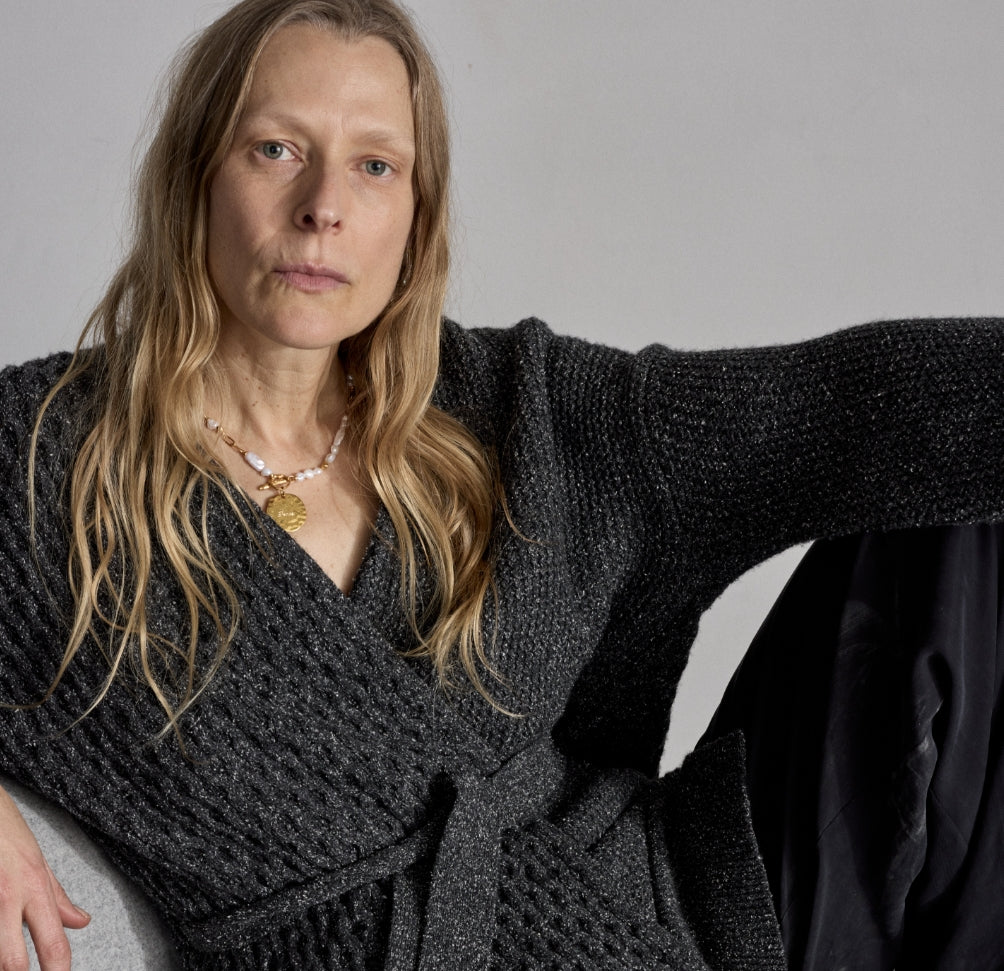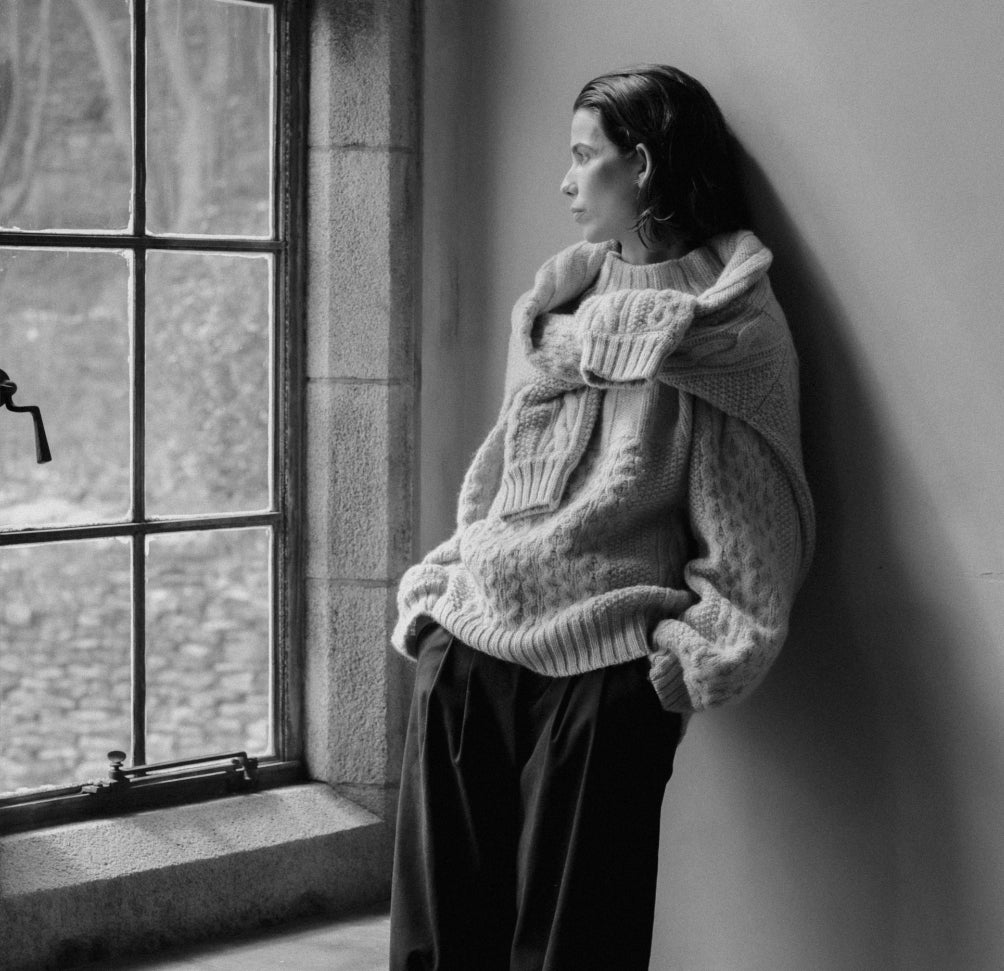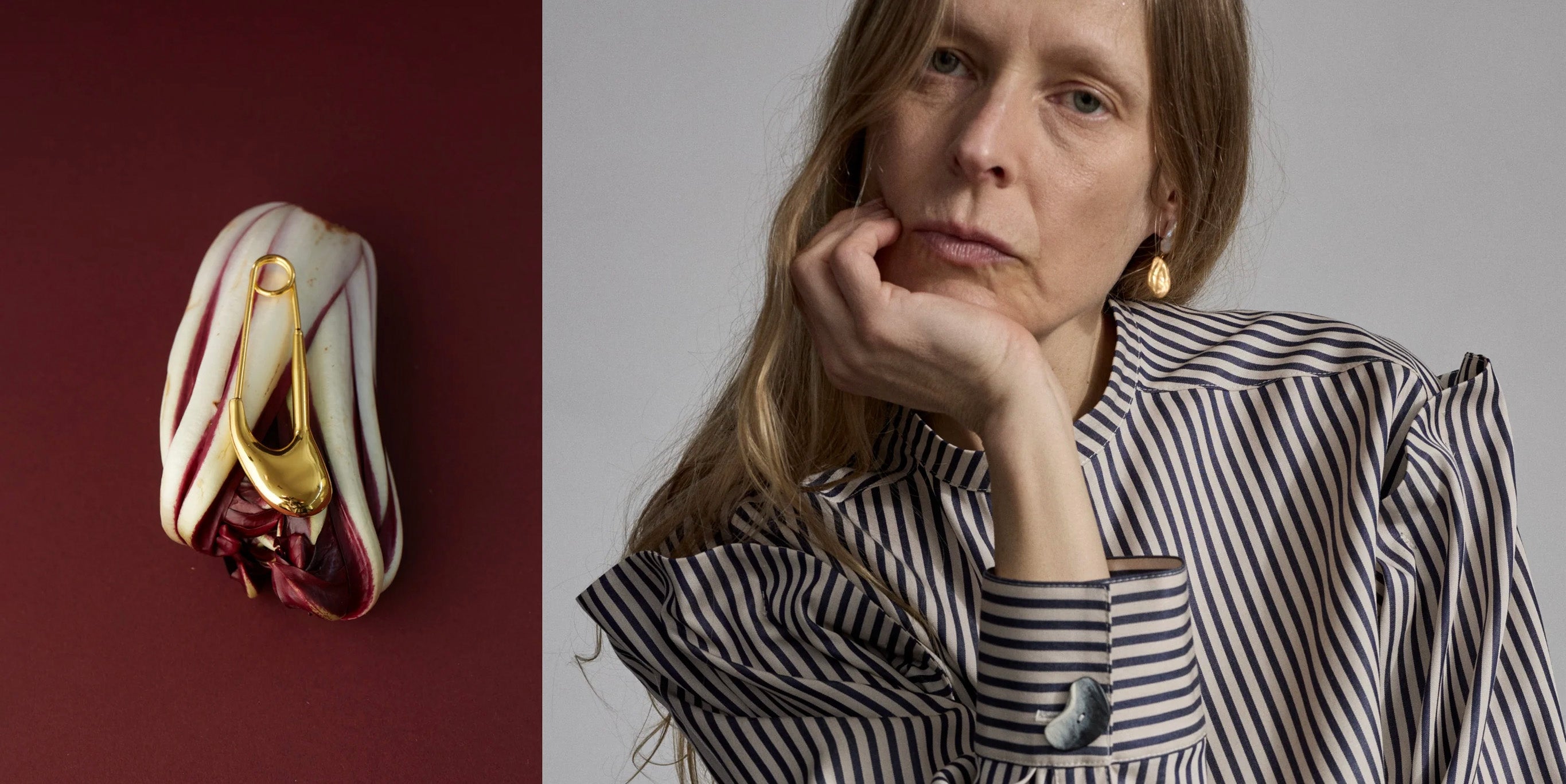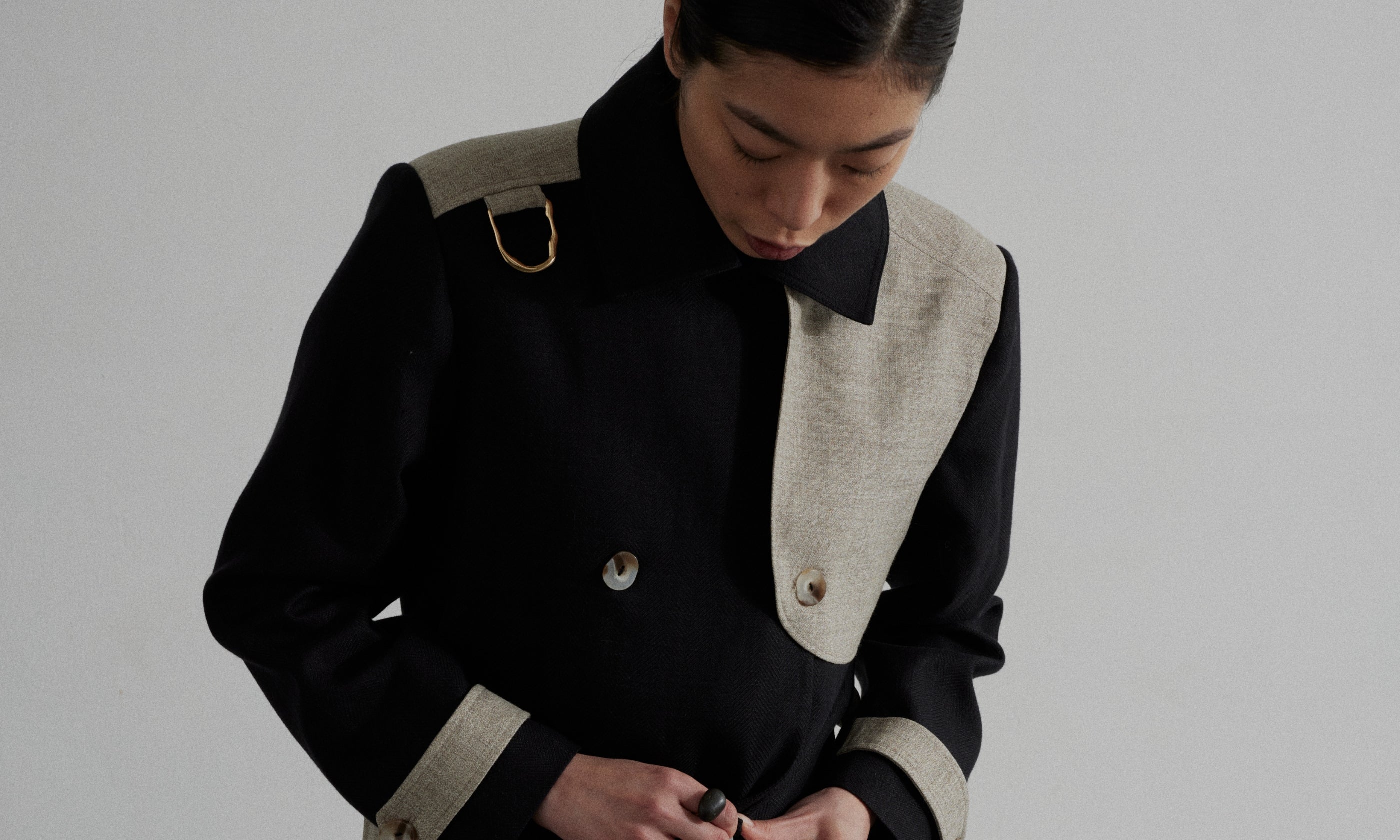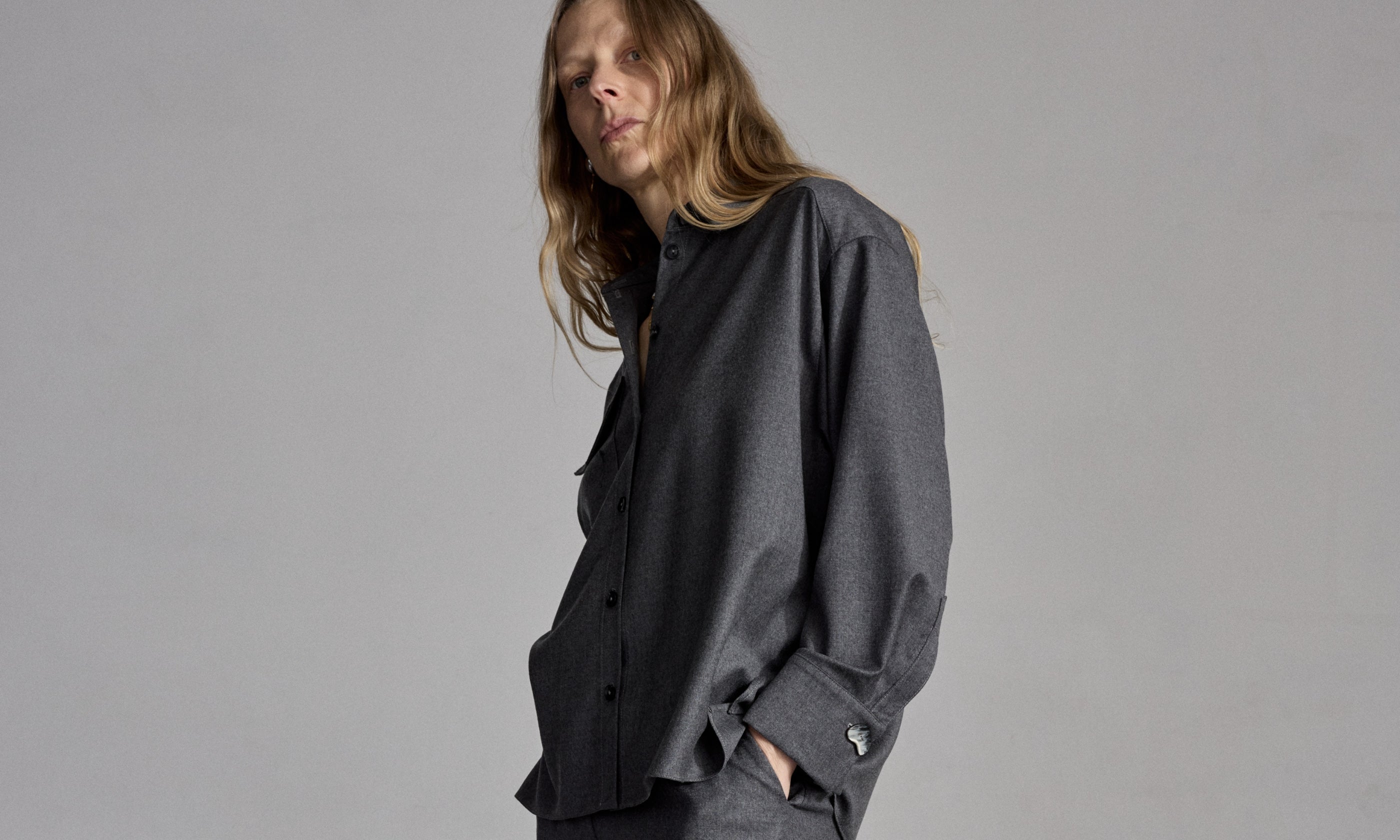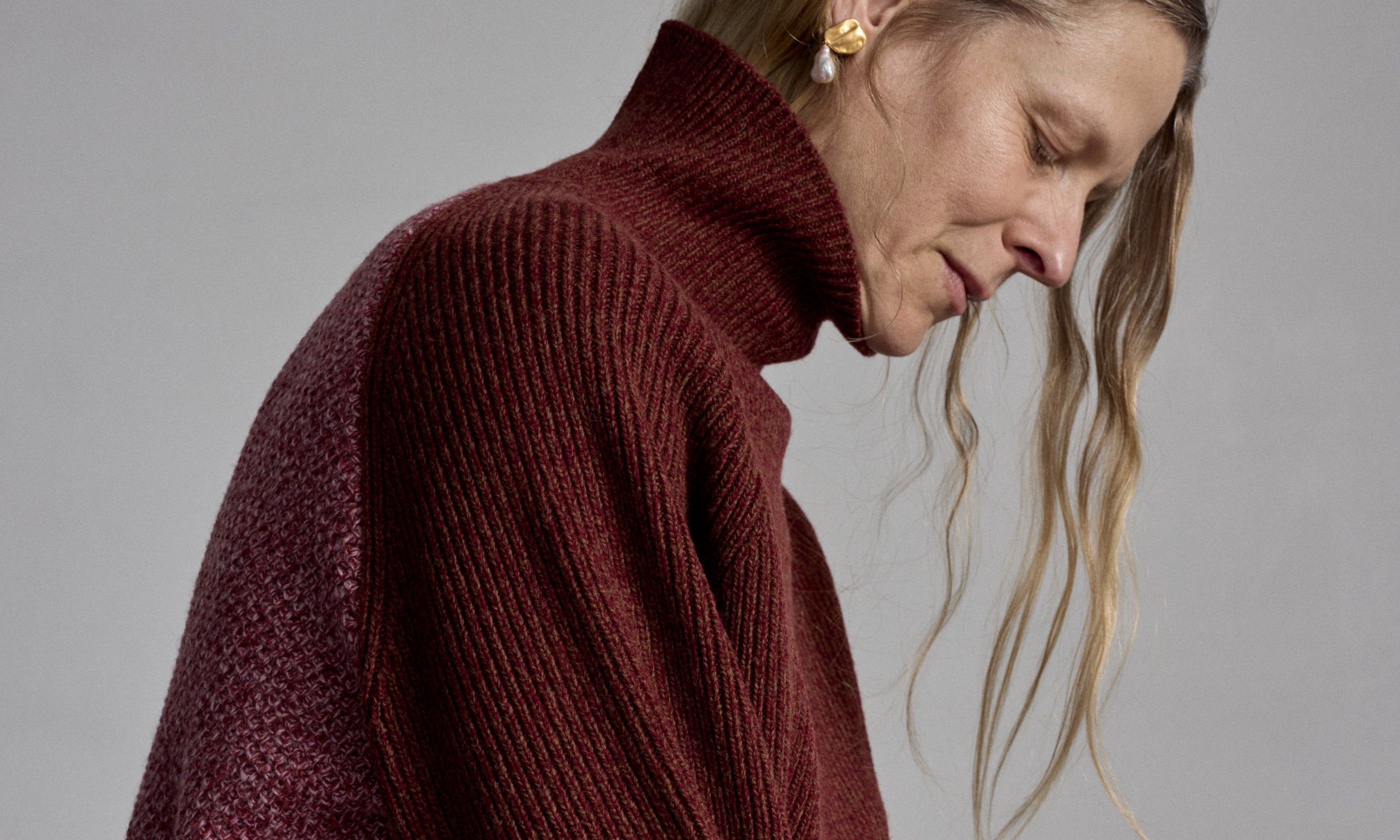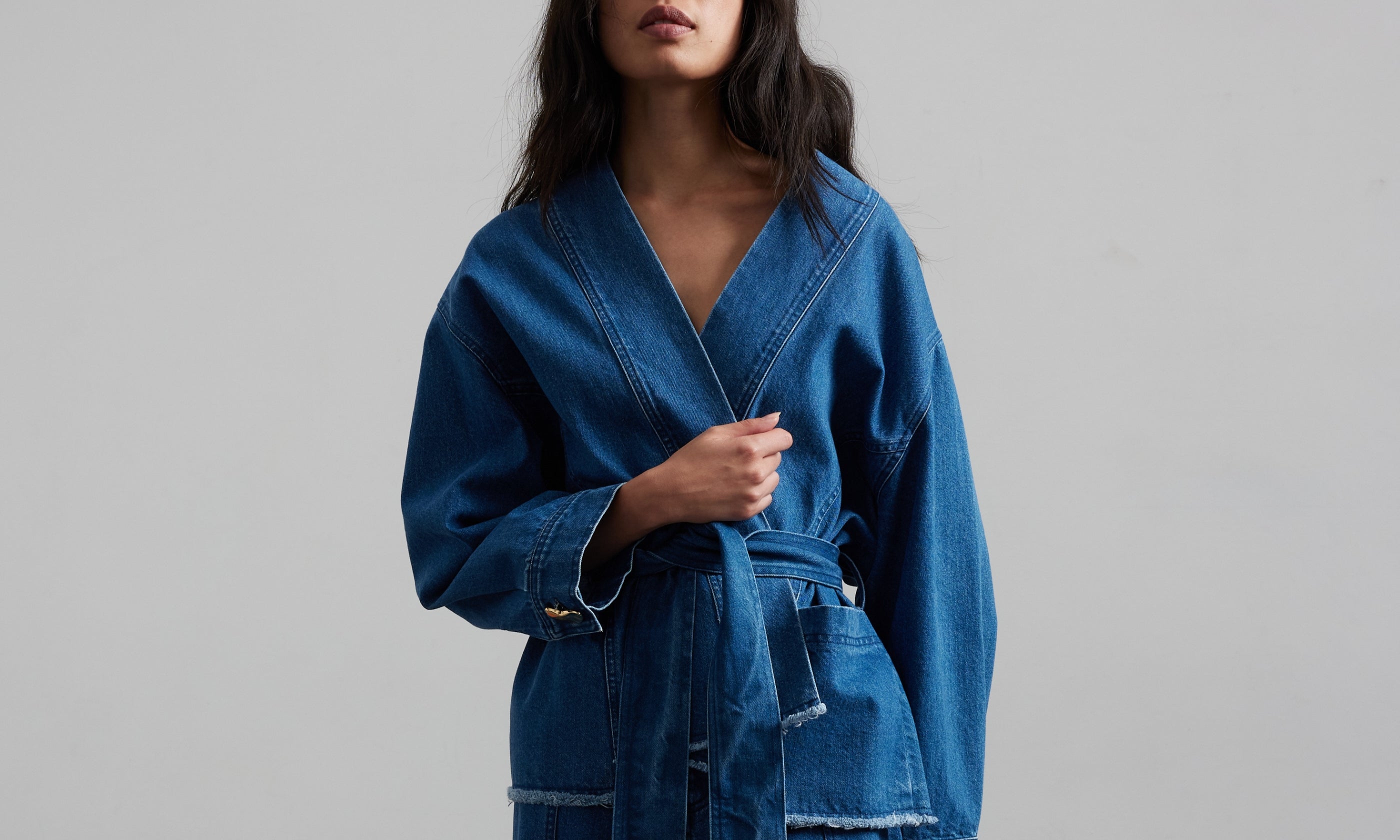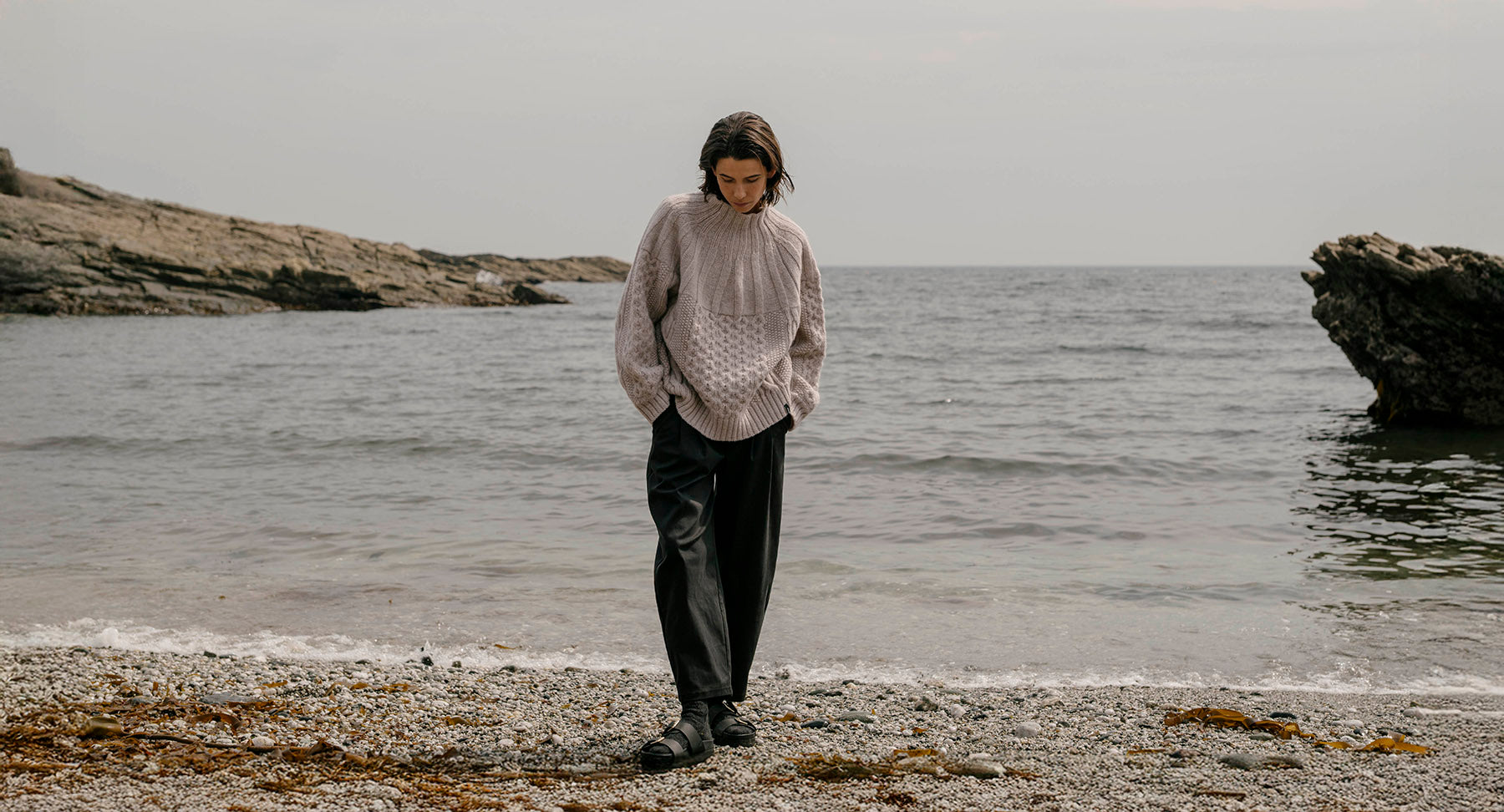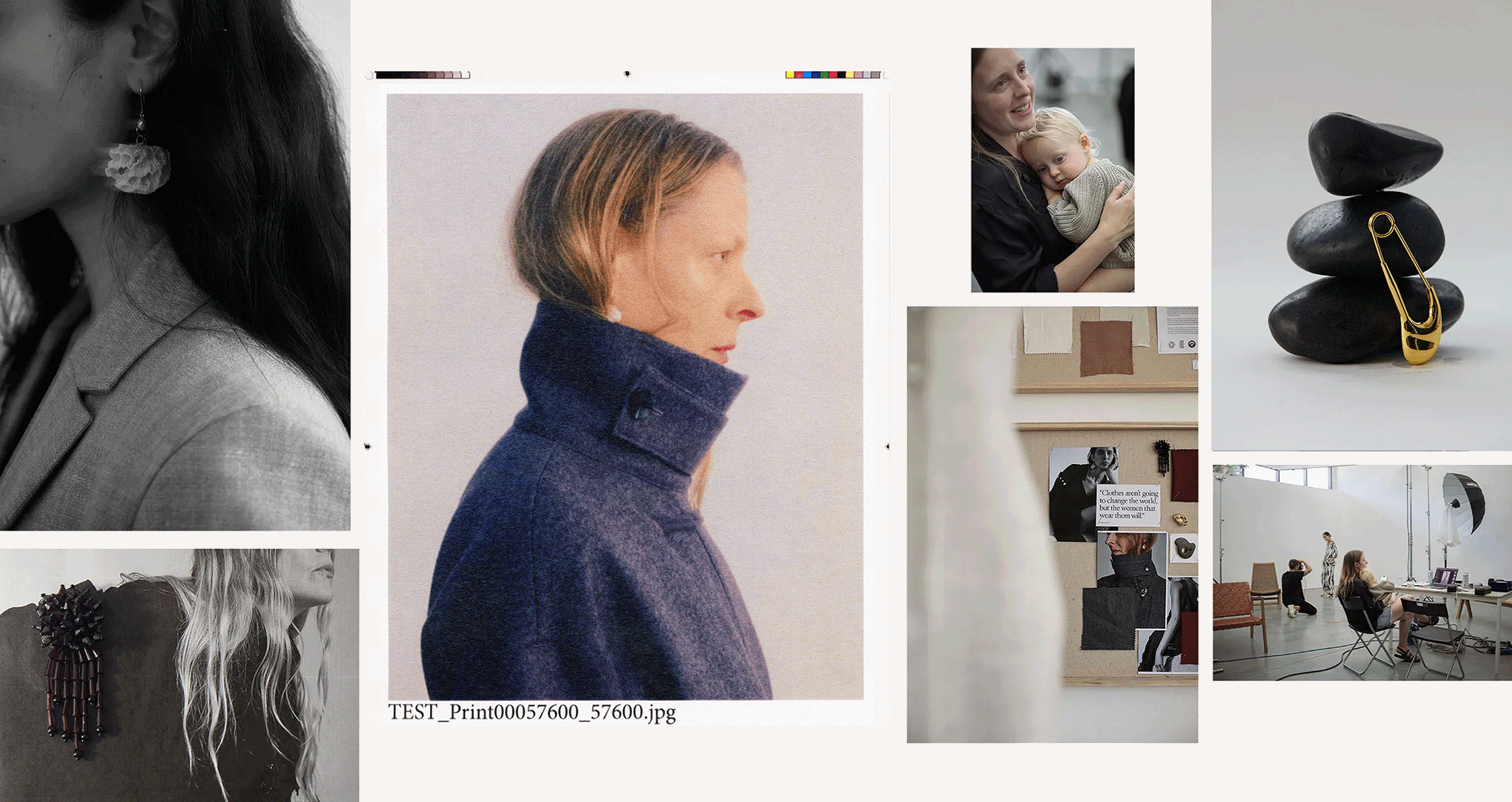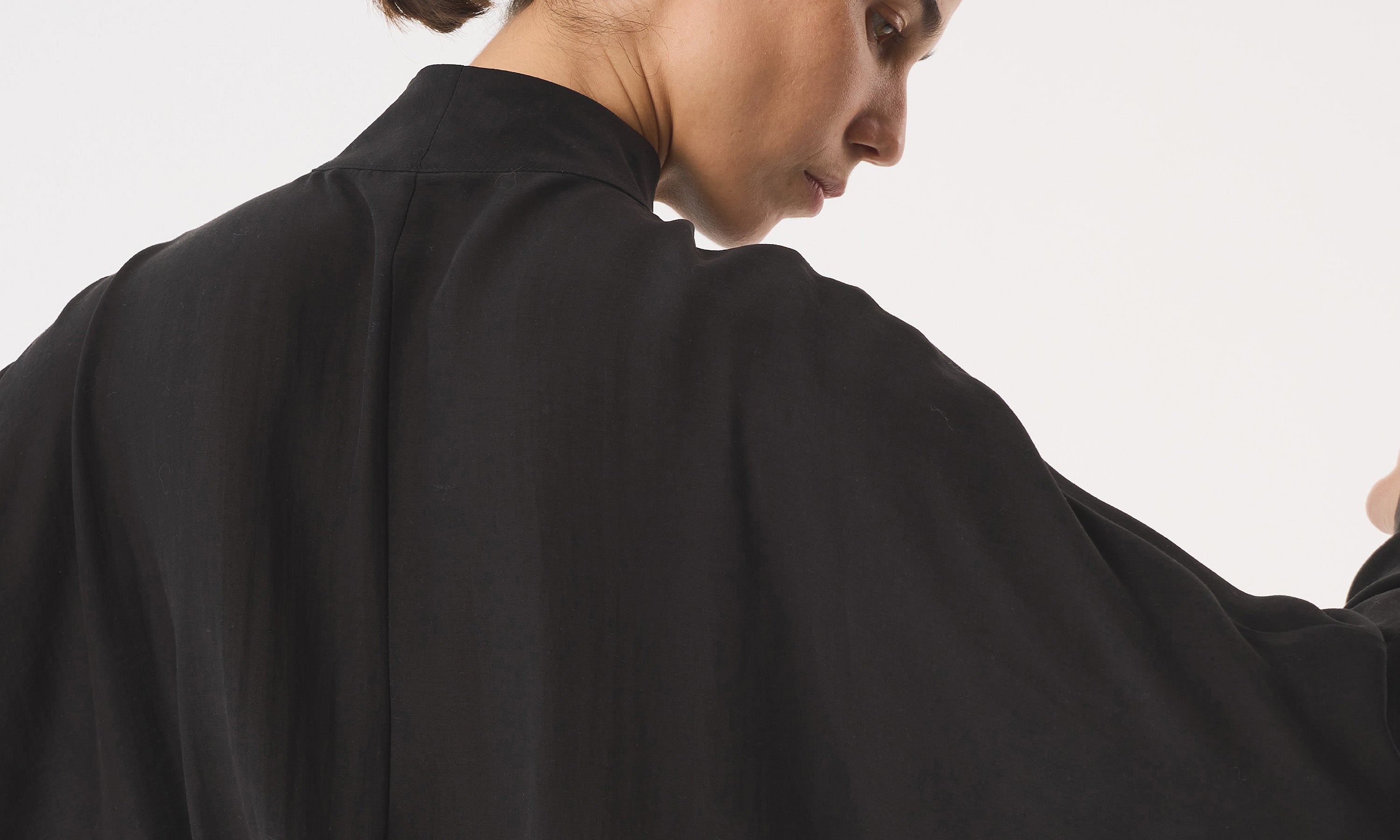The Collection
Every piece we craft is aligned with our belief that we can create and care for the Earth.
Rosa Black Dress
Introducing Rosa – our minimal and versatile wrap midi dress crafted from a European flax linen–wool–lyocell blend. Finished with a bespoke gold toggle fastening inspired by a natural hag stone for a touch of elevated detail. Rosa shifts effortlessly from day into evening – perfect for the party season ahead.
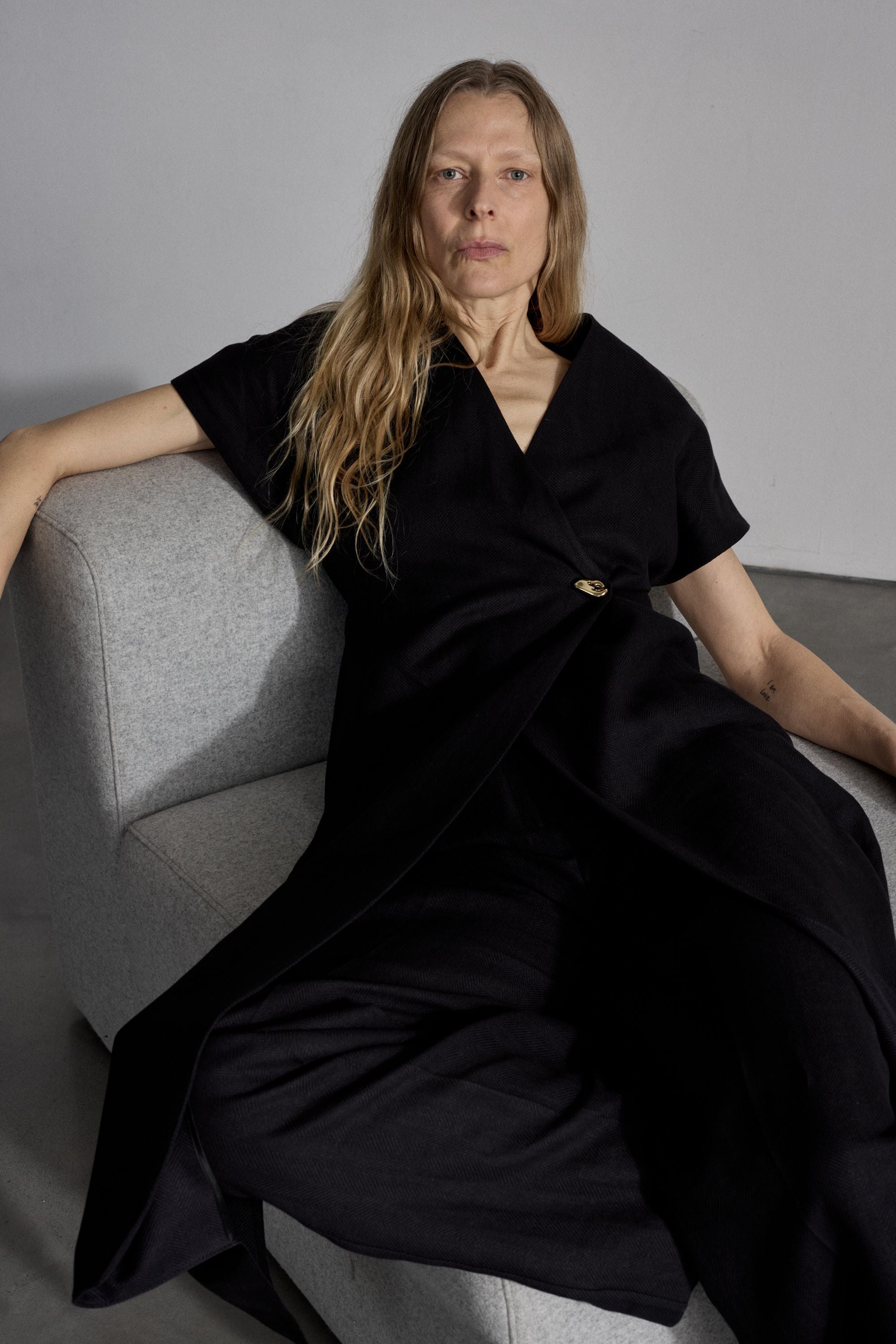
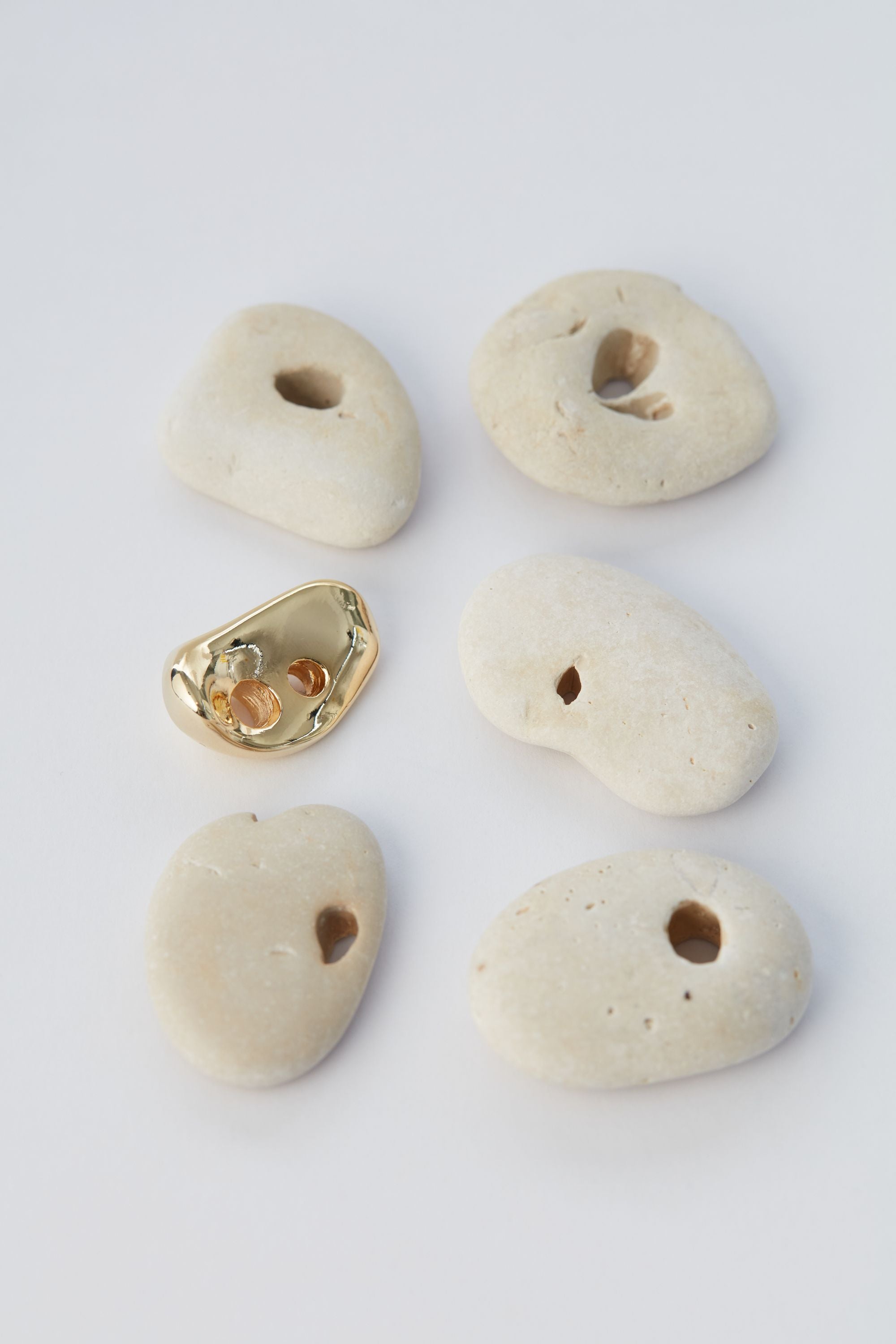
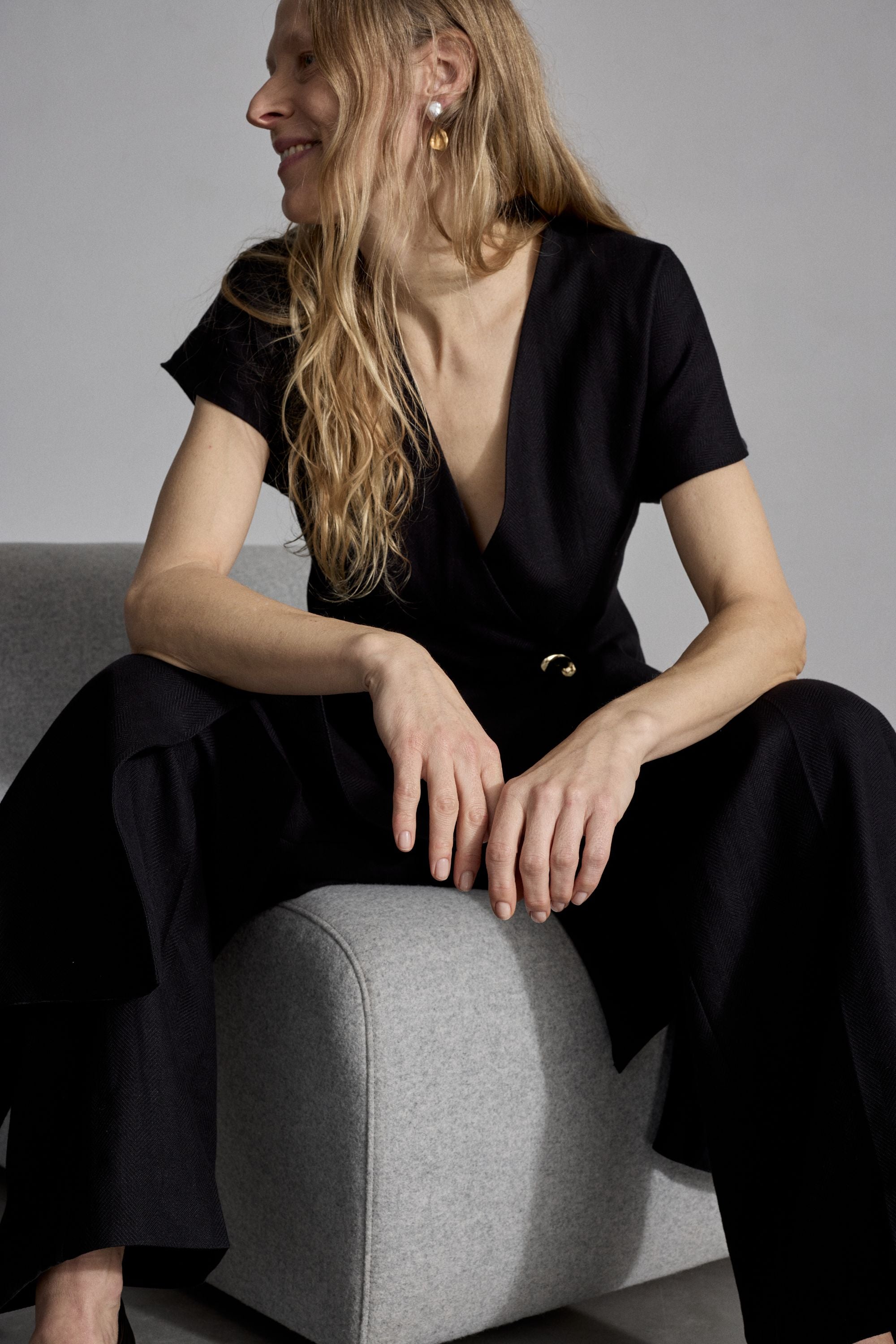
Our community is our kin, our Kynfolk.
As humans, we have a commonality, but we are also in kinship with both nature and the planet. We must act as one.
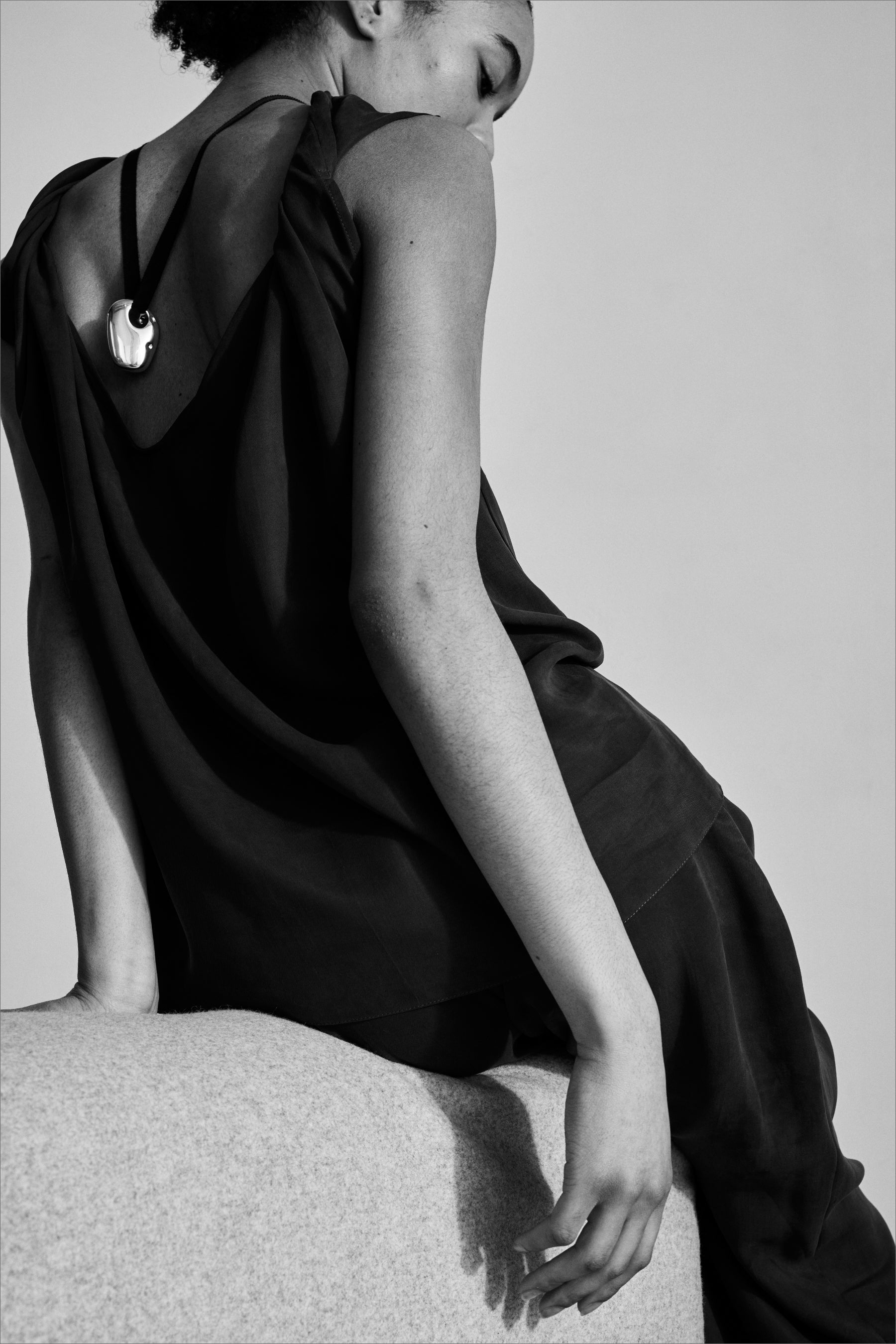
BEHIND THE SCENES OF COLLECTION 002
Discover the inspiration and elevated details behind creative director Amy Powney’s designs, the hero styles of Collection 002 and how our latest collection continues the ethos of Collection 001 to build your AKYN wardrobe.
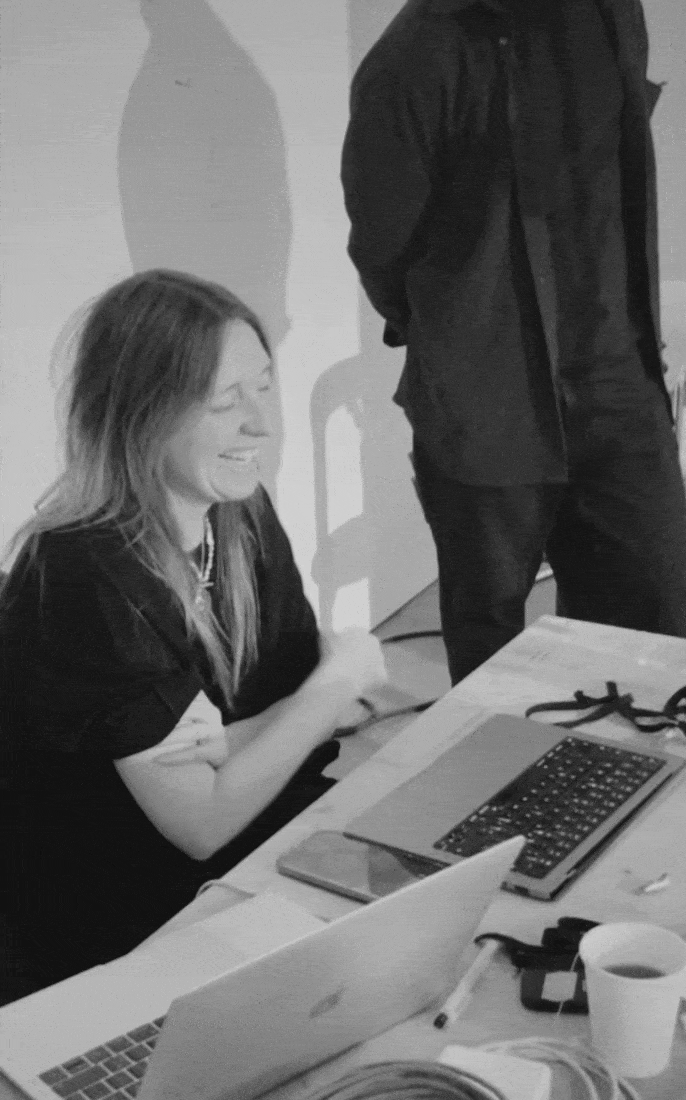
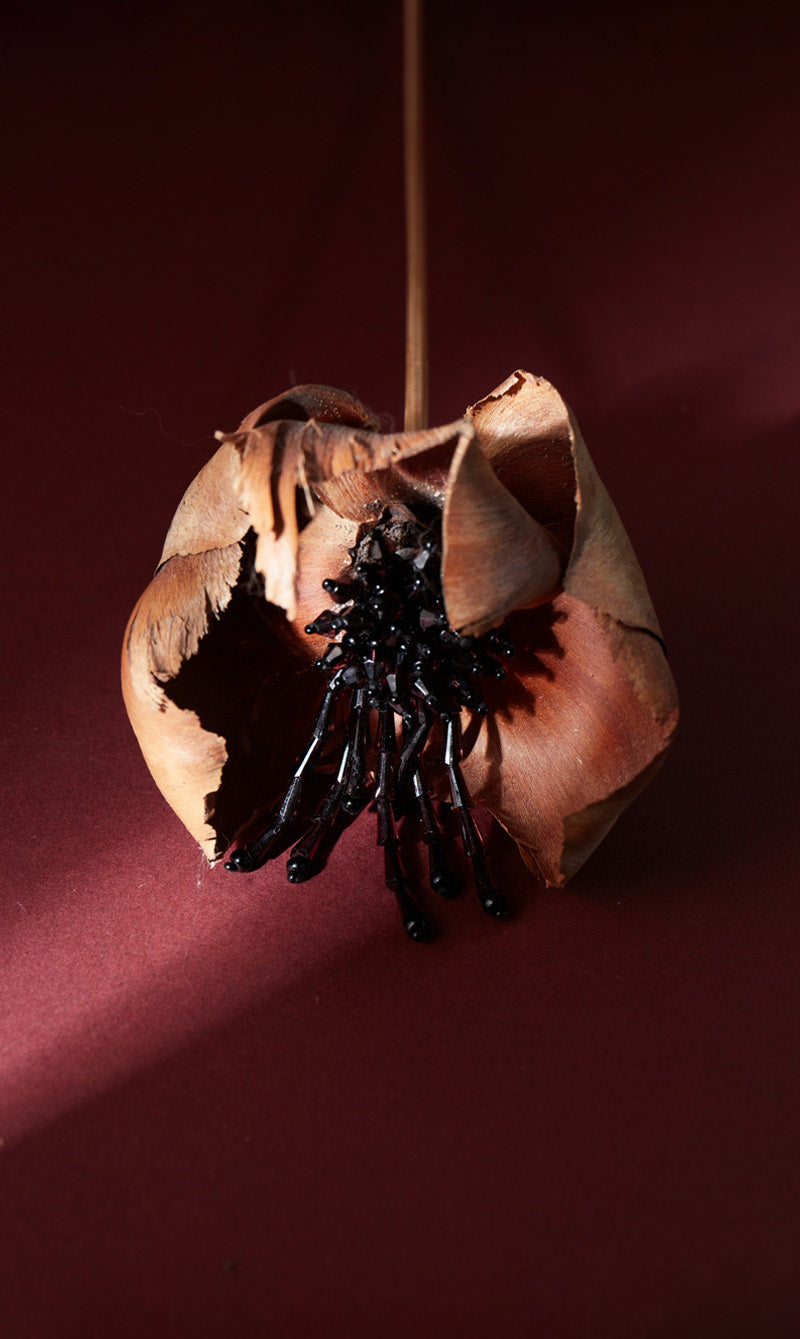
"Timelessness with contemporaneity. Minimalism with that added something special that comes via a magpie eye for detailing. Amy Powney's new label AKYN is what the woman who wants clothes that make life easier, and also richer, has been waiting for."
ANNA MURPHY, FASHION DIRECTOR, THE TIMES
"AKYN is the label I, and probably you, have been waiting a long time for - elevated design with a beautiful ethos on ethics and sustainability. I’ve been up close (and even tried the clothes on) and they’re as understated and refined as I’d hoped."
LISA ARMSTRONG OBE, HEAD OF FASHION, THE TELEGRAPH
"Amy is one of the most exciting designers in fashion. She has a brilliant mind, perfect taste, and knows exactly what modern women want to wear. I know I can't wait to wear AKYN!"
JESS CARTNER MORLEY, ASSOCIATE EDITOR (FASHION), THE GUARDIAN
United we love.

